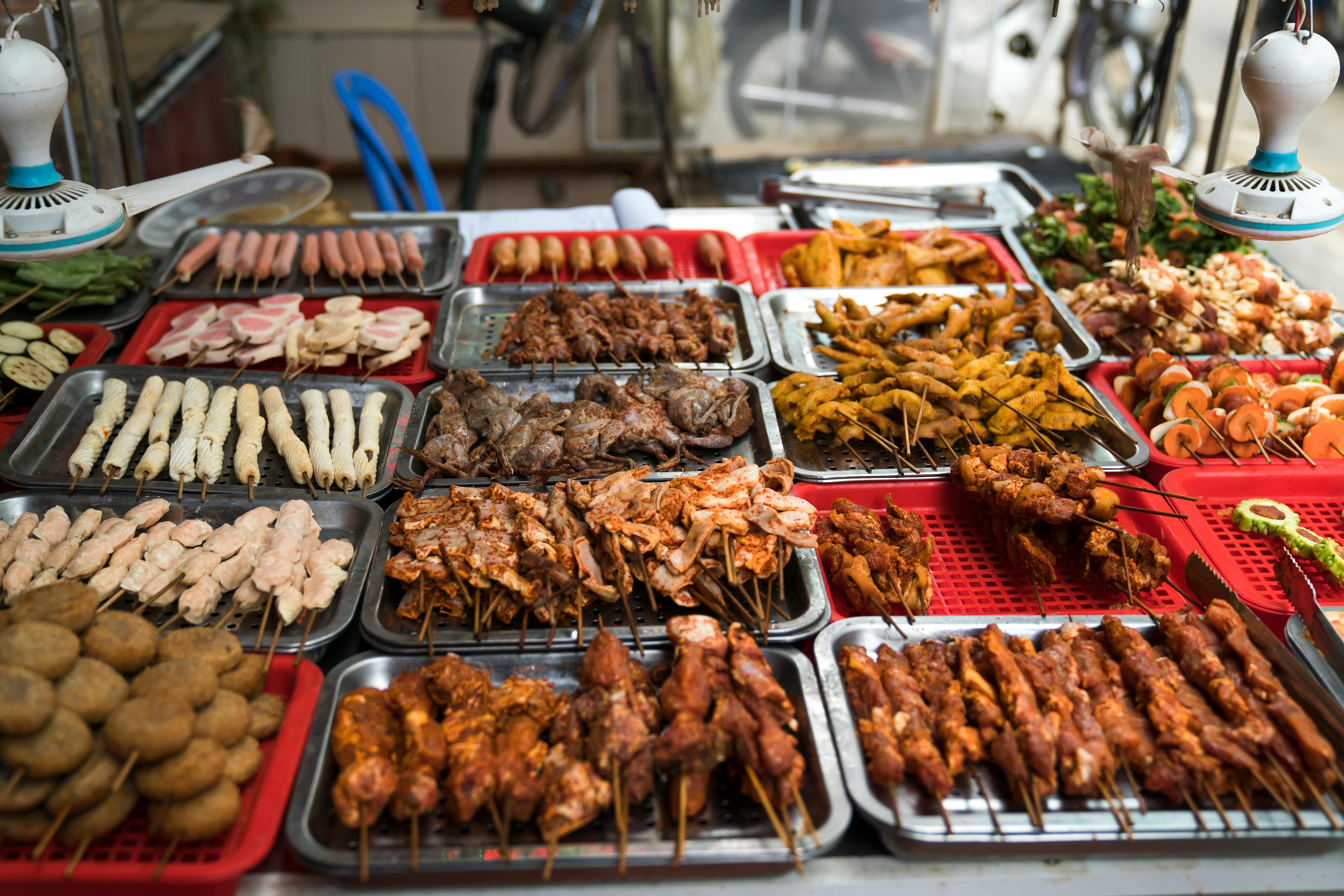Kitchen Lighting Essentials
The average American kitchen is fast becoming the center of modern family activities. Gone are the days when the kitchen was used solely for the purpose of cooking family meals. Instead, today’s kitchens are what we can accurately describe as multifunctional rooms.
The modern kitchen can now be used to prepare sumptuous meals, as a place for the family to discuss the events that occurred during the day, as an ideal place to entertain guests, as a study area for the children, as an office at home and pretty much anything. And everything else!
Given this plethora of features, a good kitchen must have a sufficient light source. We need to have the right lighting in every conceivable space we have so that we can feel comfortable doing whatever it is we need to accomplish.
powers? Candlepower? reflectance? You may be overwhelmed with all of these highly technical terms that a lighting specialist may throw at you when considering the best lighting options for your kitchen. Do not despair! You are not the only one in that situation.
We may not have the technical knowledge or understand the terms involved in this matter, but we know what we want and need. We can still tell you what effects we want in the final run.
Understanding the basics of lighting can benefit both the lighting specialist and homeowners in the process. A kitchen is an area of the house where several different surfaces are present. Countertops, cabinets, and kitchen appliances are made of different materials and therefore reflect light differently. In addition, colors also play an important role when selecting the right lighting. As we all know, dark surfaces reflect light poorly, while an efficiently white kitchen will reflect light generously. Therefore, a good lighting specialist will take note of all these features to find the best possible lighting solution for your kitchen.
There are four basic types of lighting available for our homes. These include sunlight, incandescent, halogen, and fluorescent. Let’s break down each of these to give you an idea of what type of lighting you may need.
Sunlight. It’s a good source of lighting and best of all, it’s free! What could be more relaxing than enjoying the warm glow of the morning sun as you wake up each morning? What could be better than sitting down to breakfast with the first rays of sun peeking through the kitchen windows?
Sunlight can be counted as the best source of illumination. However, it is not always reliable either. Not every day is bright, right?
Incandescent lamps. These types of light are highly favored as they give off a warm glow. These are available in a wide range of shapes and sizes and are generally available at most lighting stores. A typical incandescent lamp has a useful life of approximately 1,000 hours.
fluorescent lights. These are considered more efficient and save more energy compared to incandescent lamps. These can also come in different sizes and shapes and last longer (7,500 to 20,000 hours). However, a major drawback to using fluorescent lights is that they tend to make some people feel physically ill.
Halogen lamp. Halogen lights are comparatively smaller in size than all the light sources discussed here, but they do emit a higher light output. Therefore, they are ideal for highlighting specific elements or spaces in a room.
There you have it, a summary of the different types of lighting available for our homes. Choose the right one (or a combination of several types) that suits your needs!
